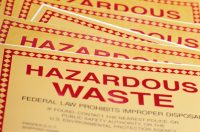How to Plan for Successful Safety Training
Well-planned safety training is successful training that meets goals and prepares employees to work safely. Here are some suggestions. The first step in planning safety training is assessing needs. To do that, you have to ask a number of critical questions. For example: Is training required by federal or state regulations for any operations performed […]





